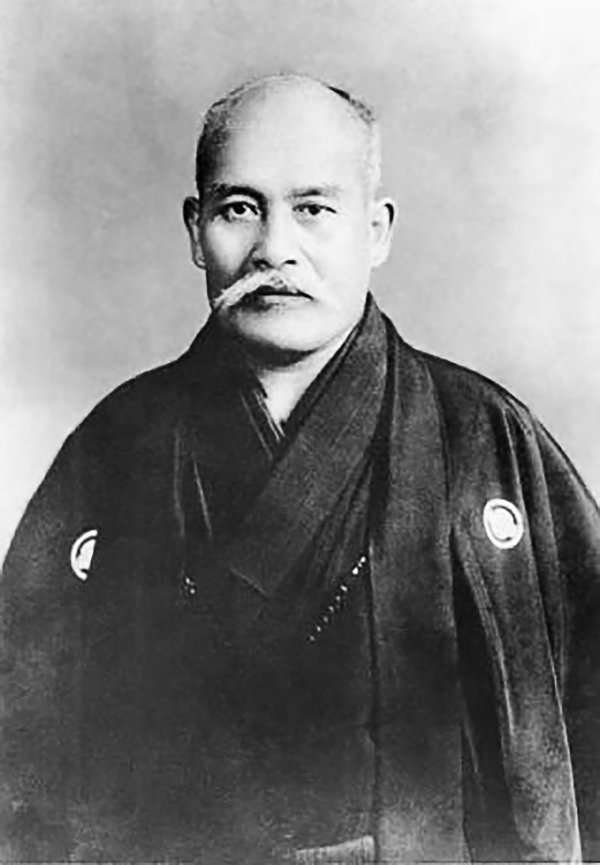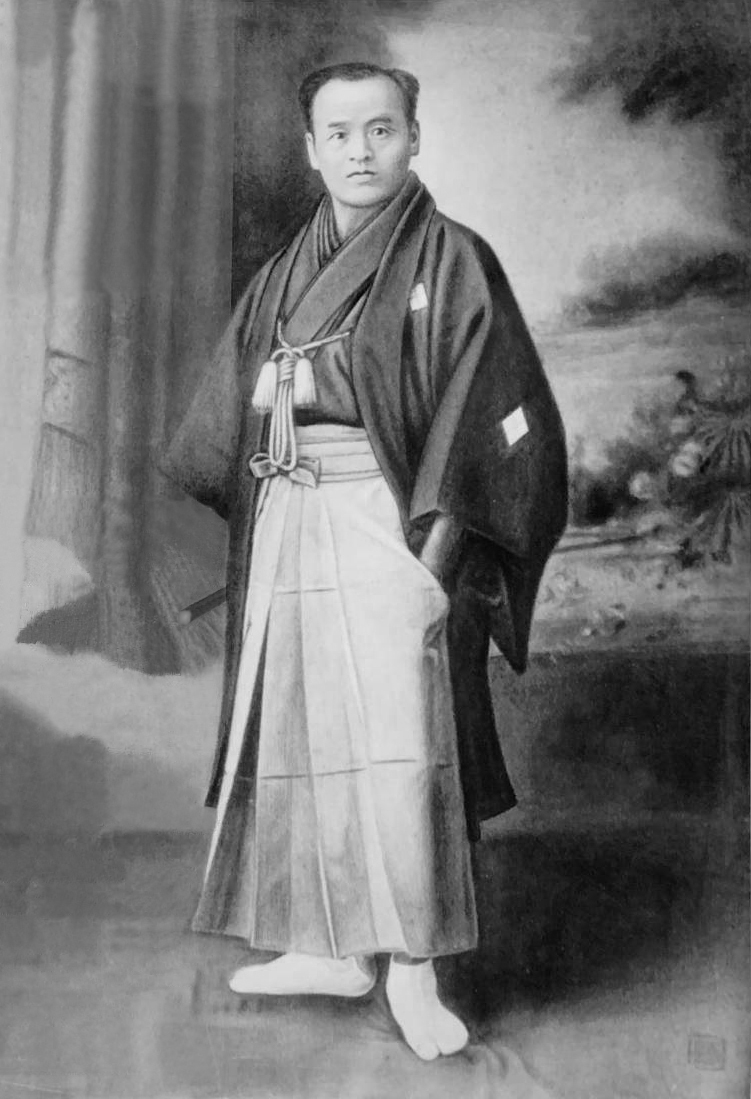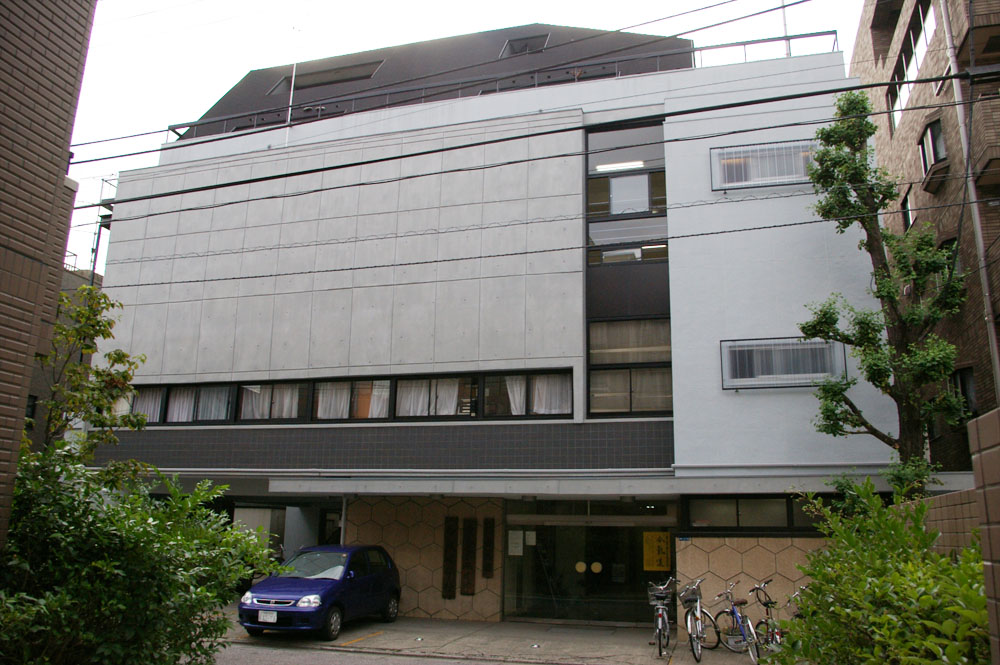|
Koretoshi Maruyama
Koretoshi Maruyama (born 5 October 1936) is a Japanese aikido instructor and founder of Aikido Yuishinkai (合氣道唯心会), he was an uchideshi of aikido founder Morihei Ueshiba and also a student of Koichi Tohei. Aikido Koretoshi Maruyama first began studying aikido at the Aikikai Hombu Dojo in 1956 as well as training at the Keio University Aikido Club. After he graduated from Keio University, he continued his training in aikido, while working in the family business. In 1967 he delegated his responsibilities in the family business so that he could become a full time professional aikido instructor and he became an uchi deshi of Aikido Founder Morihei Ueshiba who awarded him the rank of 6th Dan in aikido. by Clement Choo, April 12th, 2010 Ki no Kenk ...
|
Japan
Japan is an island country in East Asia. Located in the Pacific Ocean off the northeast coast of the Asia, Asian mainland, it is bordered on the west by the Sea of Japan and extends from the Sea of Okhotsk in the north to the East China Sea in the south. The Japanese archipelago consists of four major islands—Hokkaido, Honshu, Shikoku, and Kyushu—and List of islands of Japan, thousands of smaller islands, covering . Japan has a population of over 123 million as of 2025, making it the List of countries and dependencies by population, eleventh-most populous country. The capital of Japan and List of cities in Japan, its largest city is Tokyo; the Greater Tokyo Area is the List of largest cities, largest metropolitan area in the world, with more than 37 million inhabitants as of 2024. Japan is divided into 47 Prefectures of Japan, administrative prefectures and List of regions of Japan, eight traditional regions. About three-quarters of Geography of Japan, the countr ... [...More Info...] [...Related Items...] OR: [Wikipedia] [Google] [Baidu] |
Japanese People
are an East Asian ethnic group native to the Japanese archipelago. Japanese people constitute 97.4% of the population of the country of Japan. Worldwide, approximately 125 million people are of Japanese descent, making them list of contemporary ethnic groups, one of the largest ethnic groups. Approximately 120.8 million Japanese people are residents of Japan, and there are approximately 4 million members of the Japanese diaspora, known as . In some contexts, the term "Japanese people" may be used to refer specifically to the Yamato people, who are primarily from the historically principal islands of Honshu, Kyushu and Shikoku and constitute by far the largest group. In other contexts, the term may include other groups native to the Japanese archipelago, including Ryukyuan people, who share connections with the Yamato but are often regarded as distinct, and Ainu people. In recent decades, there has also been an increase in the number of people with both Japanese and non-Japanes ... [...More Info...] [...Related Items...] OR: [Wikipedia] [Google] [Baidu] |
Aikido
Aikido ( , , , ) is a gendai budō, modern Japanese martial art which is split into many different styles including Iwama Ryu, Iwama Shin Shin Aiki Shuren Kai, Shodokan Aikido, Yoshinkan, Renshinkai, Aikikai, and Ki Aikido. Aikido is now practiced in around 140 countries. It was originally developed by Morihei Ueshiba, as a synthesis of his martial studies, philosophy and religious beliefs. Ueshiba's goal was to create an art which practitioners could use to defend themselves against attacks, while also protecting the attackers from injury. Aikido is often translated as "the way of unifying (with) Qi, life energy" or as "the way of harmonious spirit". According to the founder's philosophy, the primary goal in the practice of aikido is to overcome oneself instead of cultivating violence or aggressiveness. Morihei Ueshiba used the phrase to refer to this principle. Aikido's fundamental principles include: (entering), , (breathing control), (triangular principle), and (turn ... [...More Info...] [...Related Items...] OR: [Wikipedia] [Google] [Baidu] |
Morihei Ueshiba
was a Japanese martial artist and founder of the Japanese martial art, martial art of aikido. He is often referred to as "the founder" or , "Great Teacher". The son of a landowner from Tanabe, Wakayama, Tanabe, Ueshiba studied a number of martial arts in his youth, and served in the Imperial Japanese Army, Japanese Army during the Russo-Japanese War. After being discharged in 1907, he moved to Hokkaido as the head of a pioneer settlement; here he met and studied with Takeda Sōkaku, the headmaster of Daitō-ryū Aiki-jūjutsu. On leaving Hokkaido in 1919, Ueshiba joined the Ōmoto-kyō movement, a Shinto sect, in Ayabe, Kyoto, Ayabe, where he served as a martial arts instructor and opened his first dojo. He accompanied the head of the Ōmoto-kyō group, Onisaburo Deguchi, on an expedition to Mongolia in 1924, where they were captured by Chinese troops and returned to Japan. The following year, he had a profound spiritual experience, stating that, "a golden spirit sprang up f ... [...More Info...] [...Related Items...] OR: [Wikipedia] [Google] [Baidu] |
Aikido
Aikido ( , , , ) is a gendai budō, modern Japanese martial art which is split into many different styles including Iwama Ryu, Iwama Shin Shin Aiki Shuren Kai, Shodokan Aikido, Yoshinkan, Renshinkai, Aikikai, and Ki Aikido. Aikido is now practiced in around 140 countries. It was originally developed by Morihei Ueshiba, as a synthesis of his martial studies, philosophy and religious beliefs. Ueshiba's goal was to create an art which practitioners could use to defend themselves against attacks, while also protecting the attackers from injury. Aikido is often translated as "the way of unifying (with) Qi, life energy" or as "the way of harmonious spirit". According to the founder's philosophy, the primary goal in the practice of aikido is to overcome oneself instead of cultivating violence or aggressiveness. Morihei Ueshiba used the phrase to refer to this principle. Aikido's fundamental principles include: (entering), , (breathing control), (triangular principle), and (turn ... [...More Info...] [...Related Items...] OR: [Wikipedia] [Google] [Baidu] |
Aikido Yuishinkai
Aikido Yuishinkai (Japanese: ) is a style of aikido founded in 1996 by former Aikikai instructor and Ki no Kenkyukai president and chief instructor Koretoshi Maruyama. Aikido Yuishinkai has many dojos operating in Japan, Australia, New Zealand, Singapore, the Philippines, Argentina, the Netherlands, Germany, Denmark, the United Kingdom, Norway, and the United States. Koretoshi Maruyama was a personal student of the founder of aikido, Morihei Ueshiba, 4th generation, receiving a sixth dan, and today travels the world giving seminars. The school focuses on four levels of aikido technique and is influenced by the Daito Ryu and Shinkage-ryū ' meaning "new shadow school", is a traditional school ('' koryu'') of Japanese martial arts, founded by Kamiizumi Ise-no-Kami Fujiwara-no-Hidetsuna, later Kamiizumi Ise-no-Kami Nobutsuna Friday, Karl ''Legacies of the sword'', page 24. Univers ... sword style. In February 2016, Maruyama Sensei appointed Peter Kelly and Martijn van Hemmen ... [...More Info...] [...Related Items...] OR: [Wikipedia] [Google] [Baidu] |
Uchideshi
is a Japanese term for a live-in student/apprentice who trains under and assists a sensei on a full-time basis. The system exists in ''kabuki'', ''rakugo'', ''shogi'', '' igo'', ''aikido'', ''sumo'', ''karate'' and other modern Japanese martial arts. Lifestyle ''Uchi-deshi'' usually live in the dōjō or the home of the teacher, or in separate accommodations near the dōjō. The deshi serves the teacher all day, every day. Duties may include cleaning and secretarial work. In contrast to ''uchi-deshi'', students who live outside are referred to as . Some dojo have uchideshi rooms right in the dojo. Historically, an ''uchi-deshi'' was typically chosen and groomed to become the next head of a school of martial arts when a direct family member was not available. Nowadays, the term is used synonymously as an apprenticeship. Related terms In modern times, the role is also referred to as . Other terms include and , although these terms are more general and do not necessarily in ... [...More Info...] [...Related Items...] OR: [Wikipedia] [Google] [Baidu] |
Koichi Tohei
(20 January 1920 – 19 May 2011) was a 10th Dan aikidoka and founder of the Ki Society and its style of aikido, officially Shin Shin Toitsu Aikido (literally "aikido with mind and body unified"), but commonly known as Ki-Aikido. Aikido Koichi Tohei was born 1920 in Shitaya ward (下谷区), presently Taitō, in Tokyo and graduated from the Economics Department of Keio University. As a boy he was sickly and frail, leading his father to recommend Tohei for judo studies. He trained hard and his body prospered, but soon after he began his pre-college studies at Keio University, he developed a case of pleurisy. This forced Tohei to take a year off. Tohei was distressed at the thought of losing his newfound strength of body and his means of training it, so he decided to replace his judo studies with Zen meditation and misogi exercises, learned at the Ichikukai Dojo in Tokyo. As with his judo studies, Tohei entered the training of the mind with fervor and soon excelled despi ... [...More Info...] [...Related Items...] OR: [Wikipedia] [Google] [Baidu] |
Aikikai Hombu Dojo
The Aikikai is the original school of Aikido. It is centered on the Aikikai#Aikikai Foundation, Aikikai Foundation in Japan, and its figurehead is the Aikikai#Doshu, Doshu (the family heir of the founder of Aikido). It is represented globally through the Aikikai#International Aikido Federation, International Aikido Federation. Aikikai Foundation The is the original aikido organization. It has been an incorporated entity in Japan since 1940 under the name , then re-registered under the name "Aikikai" after the ban on Aikido practice was lifted by the GHQ in 1948. It is headed by the doshu, the living successor of the founder of aikido. The Aikikai Foundation operates Aikikai#Hombu dojo, Hombu dojo, which is also named Aikido World Headquarters. It is sometimes called the Aikikai Hombu to distinguish it from the headquarters of later aikido organisations. It is located in Tokyo. The term "Hombu" may sometimes be Metonym, used loosely to refer to the upper echelons of instructo ... [...More Info...] [...Related Items...] OR: [Wikipedia] [Google] [Baidu] |
Keio University
, abbreviated as or , is a private university, private research university located in Minato, Tokyo, Japan. It was originally established as a school for Rangaku, Western studies in 1858 in Edo. It was granted university status in 1920, becoming one of the first private universities in the country. The university is one of the members of the Top Global University Project (Top Type), funded by the Japanese Ministry of Education, Culture, Sports, Science and Technology. Keio University is also one of the member universities of RU11 and APRU, and it is one of two Japanese universities (alongside the University of Tokyo) to be a member of the World Economic Forum's Global University Leaders Forum. Overview Keio traces its history to 1858 when Fukuzawa Yukichi, who had studied the Western educational system at Brown University in the United States, started to teach Dutch while he was a guest of the Okudaira family. In 1868 he changed the name of the school to Keio Gijuku and devot ... [...More Info...] [...Related Items...] OR: [Wikipedia] [Google] [Baidu] |
Aikikai
The Aikikai is the original school of Aikido. It is centered on the Aikikai Foundation in Japan, and its figurehead is the Doshu (the family heir of the founder of Aikido). It is represented globally through the International Aikido Federation. Aikikai Foundation The is the original aikido organization. It has been an incorporated entity in Japan since 1940 under the name , then re-registered under the name "Aikikai" after the ban on Aikido practice was lifted by the GHQ in 1948. It is headed by the doshu, the living successor of the founder of aikido. The Aikikai Foundation operates Hombu dojo, which is also named Aikido World Headquarters. It is sometimes called the Aikikai Hombu to distinguish it from the headquarters of later aikido organisations. It is located in Tokyo. The term "Hombu" may sometimes be used loosely to refer to the upper echelons of instructors at Hombu dojo, or to the Aikikai Foundation itself. The Aikikai Foundation also currently manages one sat ... [...More Info...] [...Related Items...] OR: [Wikipedia] [Google] [Baidu] |
Ki No Kenkyukai
or is a Japanese gendai budo (contemporary martial art). It is one of the arts derived from the original Aikido, appearing after the founder's death in 1969. Ki Aikido started in 1971 with the creation of the Ki No Kenkyūkai (known in English as Ki Society) by Koichi Tohei, while he was still Chief Instructor at the Aikikai Hombu Dojo. Eventually Tohei split from the Aikikai in 1974 to focus full time on his new organization. This martial art focuses on mind and body coordination and is based on aikido techniques and Japanese yoga and promote non-violent conflict solving and self-development. Tohei was taught Shinshin-tōitsu-dō (also known as 'Japanese yoga') by Tempu Nakamura. He felt that Tempu's teaching and explanation made clear what Morihei Ueshiba was a Japanese martial artist and founder of the Japanese martial art, martial art of aikido. He is often referred to as "the founder" or , "Great Teacher". The son of a landowner from Tanabe, Wakayama, Tanabe, Uesh ... [...More Info...] [...Related Items...] OR: [Wikipedia] [Google] [Baidu] |





